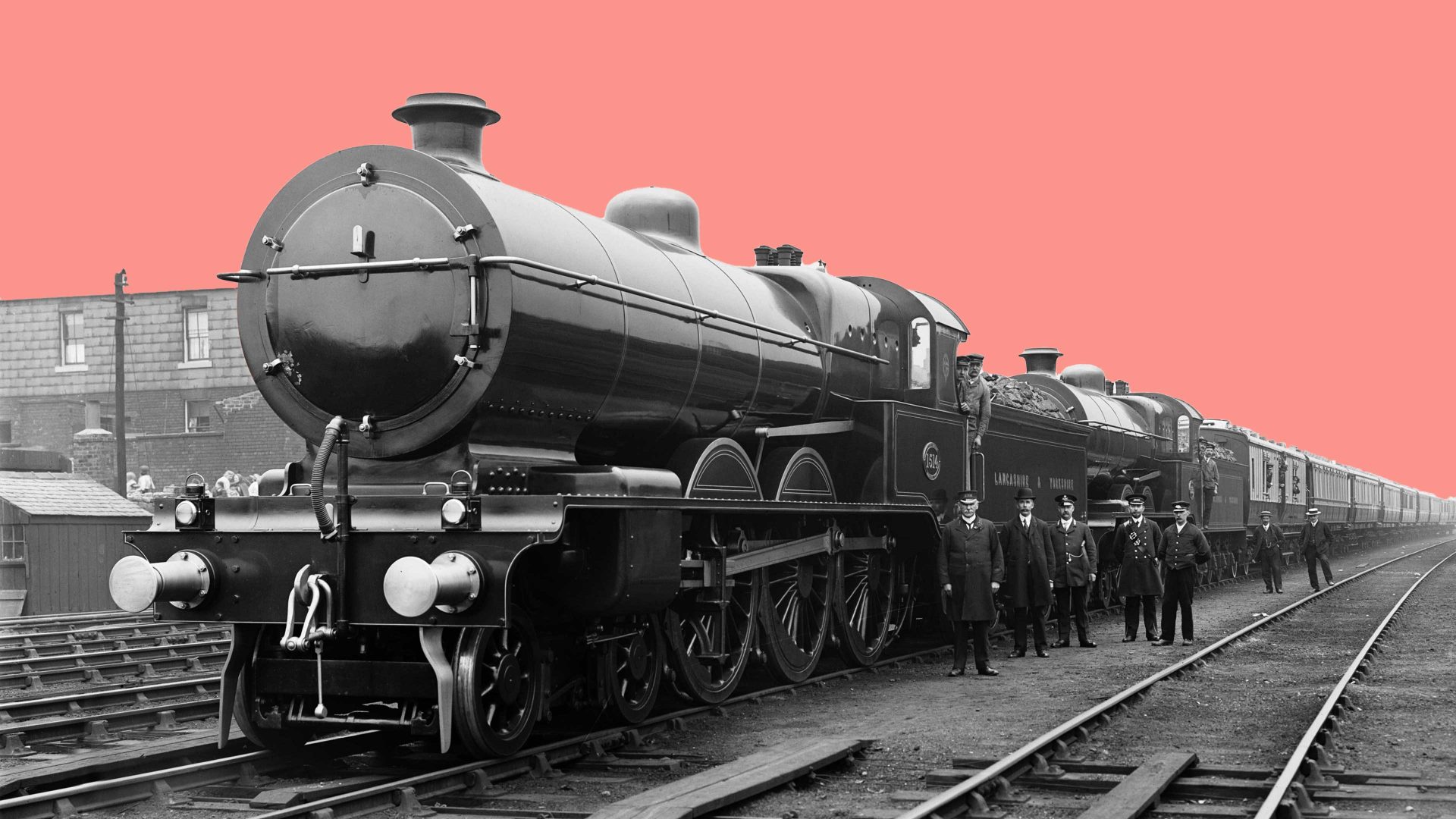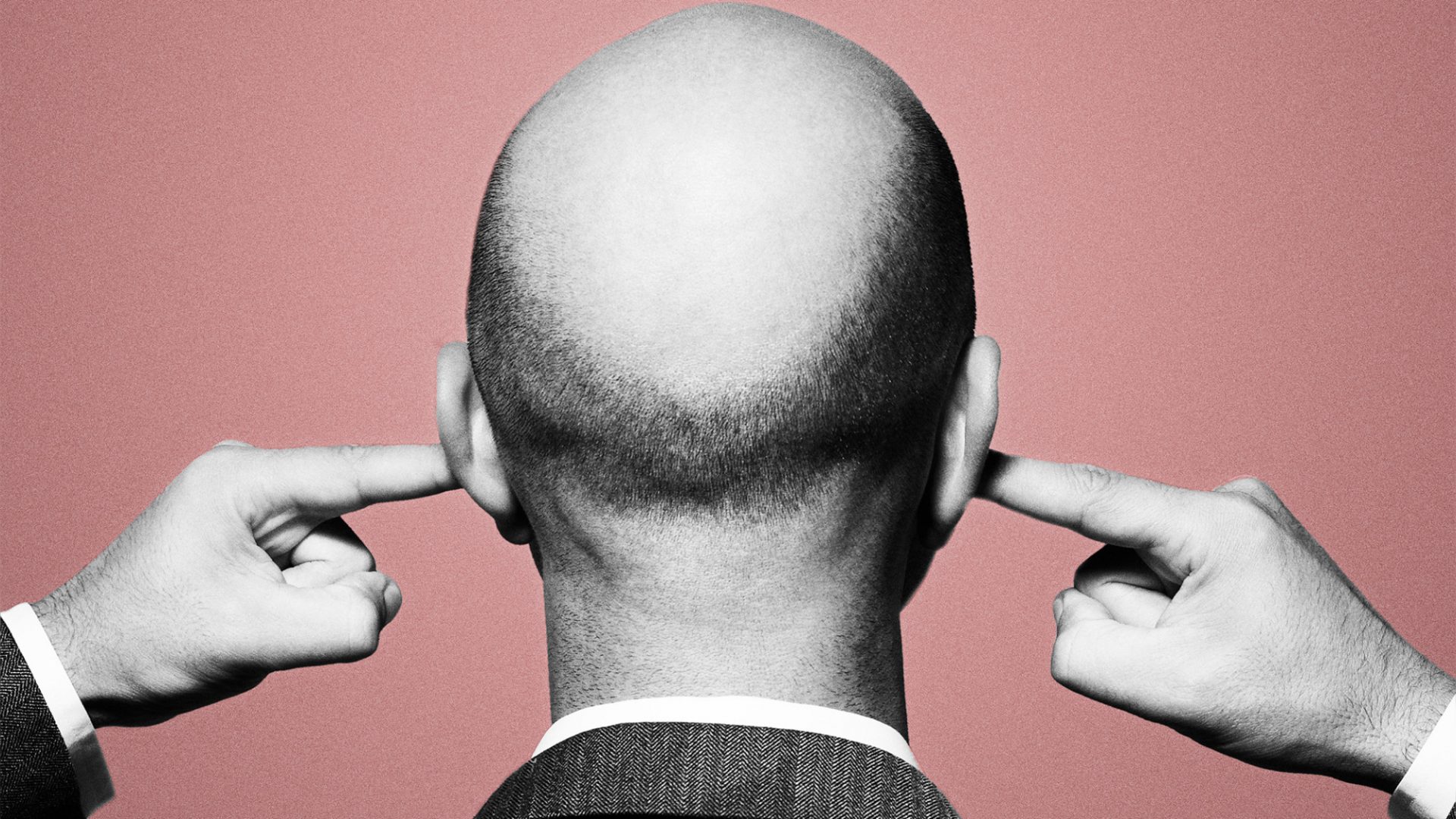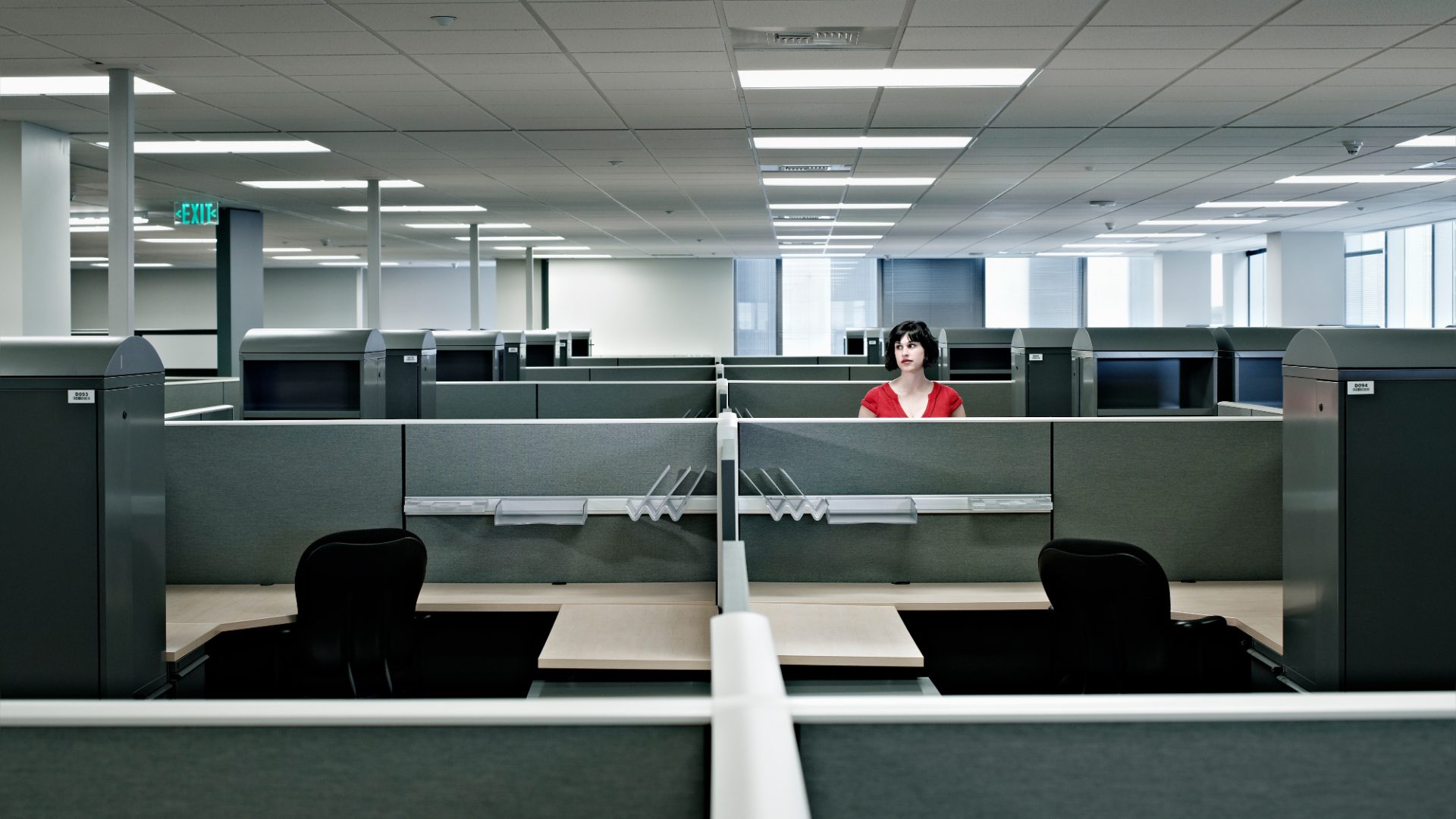1. The Royal Train is a dedicated set of nine sleeper, dining and lounge carriages used to carry senior royals and their staff around Great Britain (or at least, around those bits of it that weren’t done over by Dr Beeching after 1963). They’re liveried in a striking shade of claret, which is in some ways odd as they’re meant to travel in secret: even their staff are often not told who’ll be on board before departure.
2. The first member of the firm to travel by train was the dowager Queen Adelaide. (You remember Queen Adelaide! Adelaide of Saxe-Meiningen. Gave her name to the capital of South Australia; married to William IV). In July 1840, three years after her husband’s death, she took the train from Nottingham to Leeds. She clearly enjoyed the experience, as two years later she had her own “bed-carriage” built by the London & Birmingham Railway. You can visit it at the National Railway Museum in York if you want.
3. Adelaide’s niece, Queen Victoria, was slightly more cautious, due to the then-widespread terror that travelling at speeds as fast as 30 or even 40 miles per hour would cause brain damage and literally drive you insane. She saw it as her duty to travel the country, though – so in June 1842, with the encouragement of her tech nerd husband Prince Albert, she became the first monarch ever to travel by train. In her journal she described her journey, to London Paddington from the Berkshire town of Slough, as “delightful and so quick”, though she did insist that any train carrying her stuck to strict speed limits. Oddly enough her final journey – in her coffin, in 1901 – would follow the same route, in reverse.
4. Long before then, Victoria had commissioned her own private carriages, decorated in blue silk and genuine gold. They were built in Buckinghamshire’s Wolverton works, which would go on to be the primary site where the royal train was built and maintained, and thus a place where multiple monarchs would find themselves waiting for their train to be serviced or fresh locomotives attached. This, pleasingly, means that the royals – like their subjects – know what it’s like to be stuck on a train on the outskirts of Milton Keynes awaiting a change of crew.
5. The royal trains have been replaced and their facilities expanded several times over the years. From the 1890s, they had electric lighting and onboard toilets; from the decade after that, they had cooking facilities, telephones and even primitive air conditioning. Such things came in useful during the world wars, when the family felt it their duty to spend so much time on the – by then armour-plated – train touring the country that it became a home away from home.
Suggested Reading


Nerd’s Eye View: 14 things you need to know about Wimbledon
6. The current nine-carriage train dates from the time of Queen Elizabeth II’s Silver Jubilee celebrations in 1977. One of the changes to the train made during her reign was to include official locomotives as well as carriages. Before then the royals depended on train companies to provide the bit that pulled the rest of it, which feels uncomfortably like a metaphor.
7. Another change in Her Maj’s time was to insist that the train stop so she could use the bath. Her parents had instead been stuck using a bath with a specially marked red line, to ensure it wasn’t so full that the water would splash over the sides when the train moved.
8. Edward VIII insisted that any meat served on his train had been hunted or fished on his own land, which is just typical of the old Nazi sympathiser really isn’t it? Today’s – let’s be honest, better – King merely asks that food is locally sourced and presented on his own monogrammed china.
9. The purpose of the royal train in the high Victorian railway boom was that it was genuinely the fastest way of getting around, hence all the panic about brain damage. The case for retaining it into the modern era has been that the security measures attending any royal travel mean that it is genuinely less disruptive to the public to give the poshos their own train than to stick them on regular trains with the rest of us.
10. The case against, alas, is that it’s incredibly expensive, not only compared to the regular rail network, but even compared to travelling by plane. So the release of the crown’s latest accounts on June 30 brought news that the nine-carriage train would be decommissioned when the current maintenance contract ends in early 2027. The royals will travel instead by two new helicopters.
11. Incidentally, an article on the website of the train operating company which now serves Wolverton claims that: “The Royal Train isn’t particularly fast, travelling at around 70 mph. This is much slower than Avanti’s trains”. This, like the fact that there are more expensive forms of train travel out there, may come as a surprise to some Avanti passengers.
1842
Queen Victoria becomes first reigning monarch to travel by train
£130.84
Cost per mile of an (admittedly, unusually expensive) journey on the royal train, from Cwmbran in South Wales to London, in 2013
£1.30
Cost per mile of doing it on existing passenger rail




